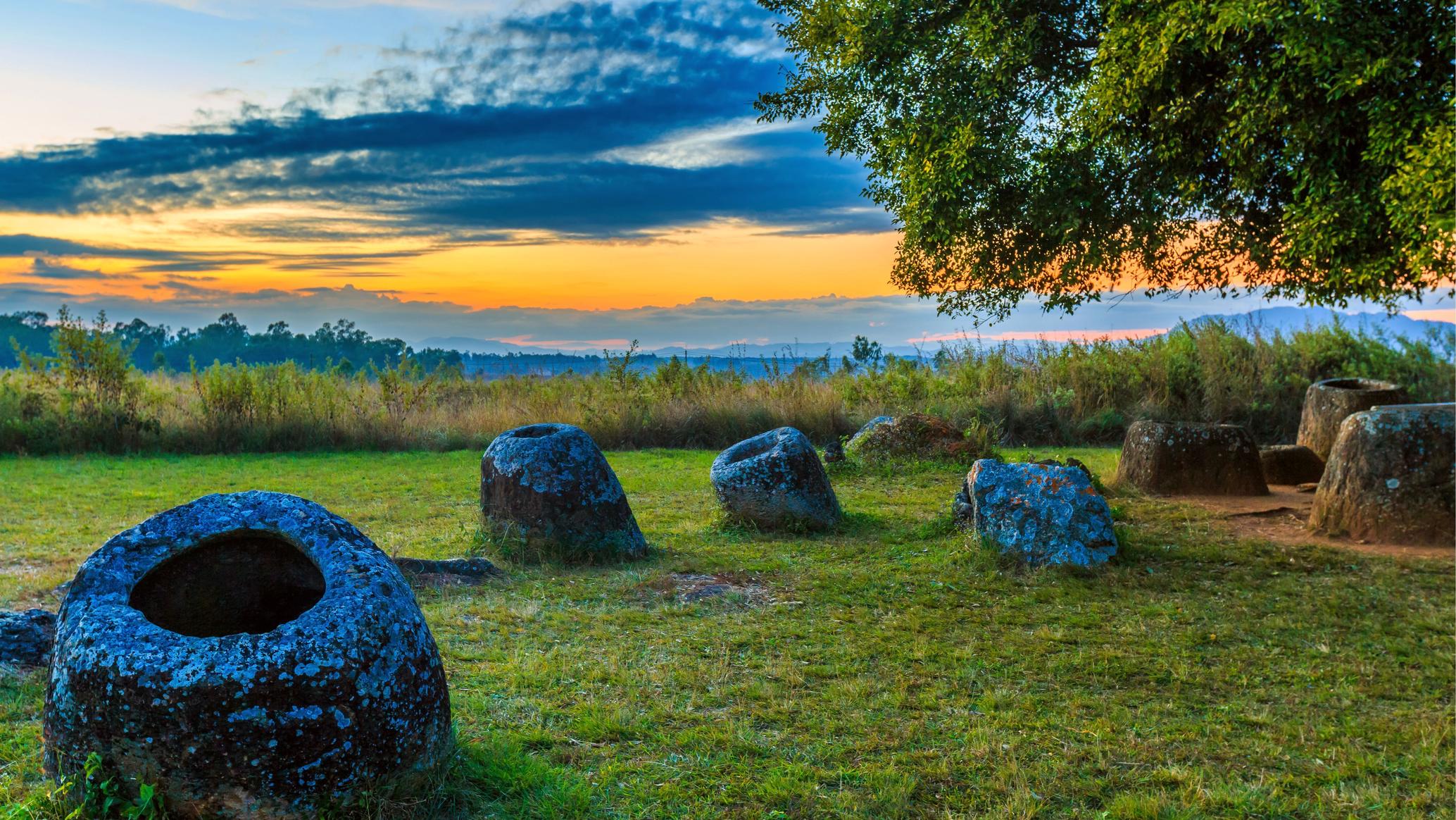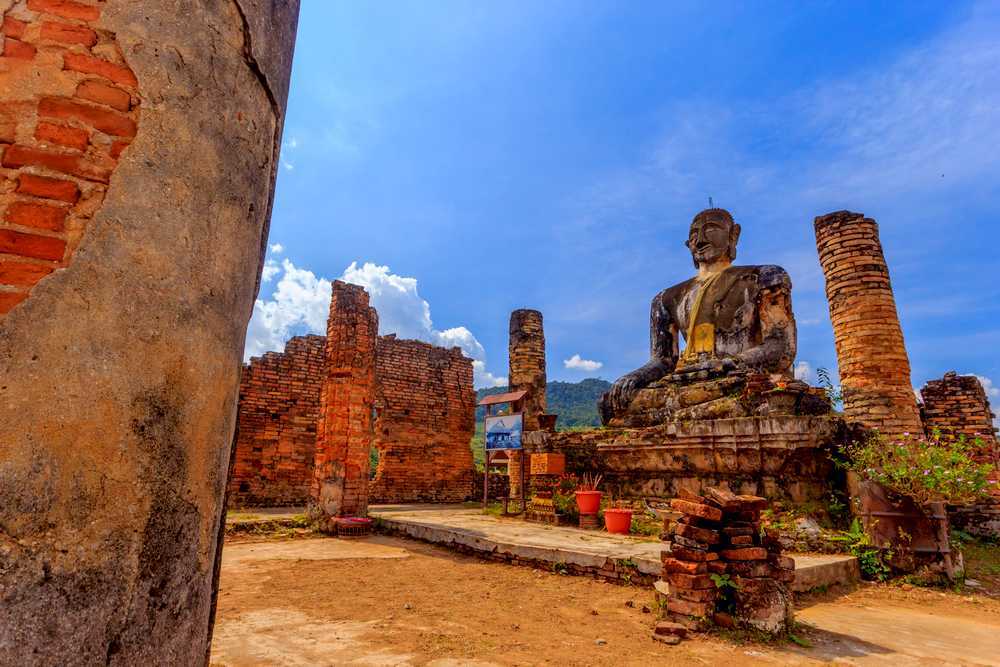



Phonsavan is the capital town of Xieng Khouang Province, in northeastern Laos. It’s a gateway to the Plain of Jars sites, named for their clusters of giant, millennia-old sandstone jars, which have unclear origins. Muang Khoun, the old provincial capital, has a 16th-century Buddha statue in its Wat Phia Wat temple ruins. The surrounding hilly landscape features the Ka Waterfall and the limestone Tham Xang Cave. ― Google
November to February (Cool & Dry Season):
Pleasant, mild temperatures (15–25°C), perfect for sightseeing and hiking.
March to May (Hot Season):
Warm and dry, but can be hot during the day.
June to October (Rainy Season):
Green landscapes but occasional heavy rain; some roads may be slippery.
From Luang Prabang:
Bus or minivan (~7–10 hours) through scenic mountain roads.
From Vientiane:
Bus or minivan (~10–12 hours) or domestic flight (limited schedule).
From Hanoi (Vietnam):
Overland buses cross the border, then local transport to Phonsavan.
Plain of Jars Sites:
Multiple archaeological sites with giant ancient stone jars scattered across the plateau.
UXO (Unexploded Ordnance) Museum:
Insight into the area’s history during the Secret War and ongoing demining efforts.
Local Markets:
Colorful markets with traditional textiles, handicrafts, and fresh produce.
Ethnic Villages:
Nearby Hmong and Khmu villages where traditional lifestyles continue.
Tad Khen Waterfall:
Scenic waterfall near Phonsavan, great for a day trip.
Guided tours to the Plain of Jars archaeological sites.
Visit the UXO museum to learn about wartime history.
Explore local markets and try traditional Lao snacks.
Trekking or hiking around the plateau and nearby villages.
Attend local festivals and cultural performances if timing allows.
Guesthouses and hotels ranging from budget to mid-range.
Options in Phonsavan town are clean, comfortable, and often family-run.
Some lodges offer homestays in nearby villages for cultural immersion.
Simple Lao cuisine served in local eateries and markets.
Try laap (meat salad), sticky rice, noodle soups, and grilled meats.
Few restaurants offer international options but you can find cafes serving coffee and pastries.
Home to diverse ethnic groups, including Hmong, Khmu, and Tai Dam.
Many communities still practice traditional weaving, farming, and ceremonies.
The area bears scars from intense bombing campaigns during the Vietnam War era, with ongoing UXO clearance.
Visitors should be respectful of local customs and mindful of safety signs regarding unexploded ordnance.